Sound: 









Value: 









(Read about our ratings)
 Most ultra-high-end headphones peacock some visual indications of their price. Whether it’s size, materials, or the overall design, they exude “expensive.” It’s certainly a choice, and an understandable one. The Yamaha YH-5000SE headphones are almost understated in comparison. They have a delightful, chunky, old-school look that, to the casual headphone fan, could be from 1976 or 1986 or just about any time, including now. No wood veneers, no fancy colors, just structural metal work, grilles, and a hint of yellow where the cables connect to the earcups. I like it. The design shows purpose, and if you know what you’re looking for, they telegraph their price in perhaps an even more impressive way than some other, more visually bombastic headphones.
Most ultra-high-end headphones peacock some visual indications of their price. Whether it’s size, materials, or the overall design, they exude “expensive.” It’s certainly a choice, and an understandable one. The Yamaha YH-5000SE headphones are almost understated in comparison. They have a delightful, chunky, old-school look that, to the casual headphone fan, could be from 1976 or 1986 or just about any time, including now. No wood veneers, no fancy colors, just structural metal work, grilles, and a hint of yellow where the cables connect to the earcups. I like it. The design shows purpose, and if you know what you’re looking for, they telegraph their price in perhaps an even more impressive way than some other, more visually bombastic headphones.
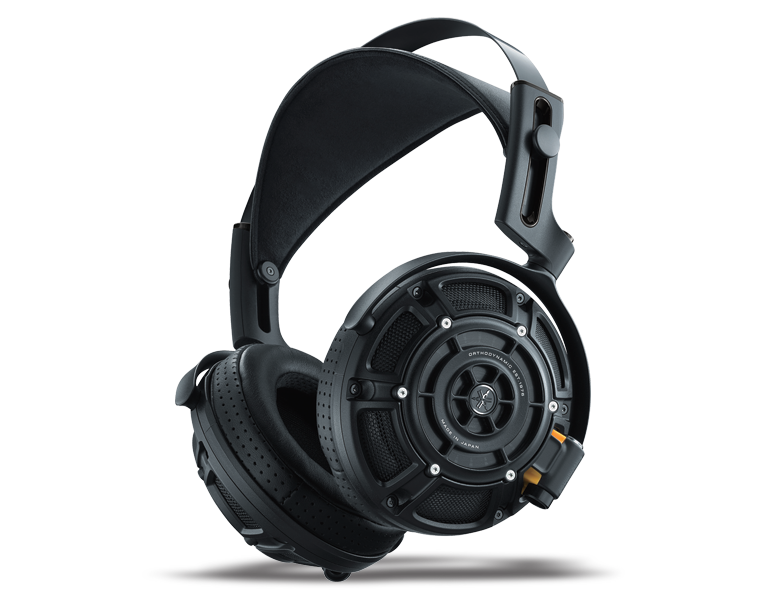
The 5000SEs are flagship headphones for Yamaha, so it’s no surprise they come with a flagship price: $4999.95 (all prices USD). This puts them up in the rarefied air of Audeze, Stax, Focal, and others that don’t have nearly the history of the Yamaha brand. The design, looking like something out of the 1970s, has a direct connection to that era: it’s the decade of the birth of Yamaha’s first planar magnetic, aka orthodynamic, drivers. A descendant of those drivers is in the 5000SE headphones.
While they might not have the visual flair of some of the competition, they still look and feel quite luxurious. That’s partly due to the extensive use of metal in their design. Like most high-end headphones, they’re open-back, with removable cables and some lofty specs. Other companies have made some big and impressive pushes into this high-end realm. To say I was curious how these Yamahas would fare is putting it mildly.
In the box
You get a lot in the box, as you’d hope for the price. After peeling away layers of cardboard like an onion, I found the 5000SEs nested in black fabric. You get two braided cables, one that ends in a 3.5mm jack (a 6.3mm “1/4-inch” screw-on adaptor is included). The other cable ends in a balanced 4.4mm connector. Two sets of earpads are included, one sheepskin leather, the other synthetic Ultrasuede. At the bottom of the box, there’s an aluminum display stand so you don’t have to leave your headphones lying on a table like some heathen. I kid, but more high-end headphones should come with a way to display them. They are often art in their own right and, like a good turntable, worthy of prominent placement.
Use
The YH-5000SEs are wonderfully light. At 320g, they’re about halfway between the better Bluetooth headphones and the Audeze LCD-5s. The clamping force is fairly light, though, and the pads are super soft, making them more comfortable than the lighter Sennheiser HD 660S2 headphones. Even for open-backed headphones, they’re very open. You’ll hear everything around you almost as well as if you weren’t wearing anything over your ears.

The earpads have far less padding than the Audezes, but they offer a near-perfect amount of cushion. Overall, I’d say the 5000SEs are among the most comfortable full-size headphones I’ve ever tried.
Sound
Normally at the top of this section, I give an overview of the sound qualities of the headphones under test. The bass is like this; the treble is like that. With the 5000SEs, a different descriptor comes to mind: realism. Everything I played through the Yamahas had a lifelike quality that is missing on so many other headphones. Far more “in the room with musicians” than “in my office with headphones.” The immediacy of the attack, the detail and openness, the controlled and deep bass, it all combines into a package that produces audio that’s remarkably “real.” Sure, at the end of the day it’s all recorded music, but reproducing the timbres of real instruments with this level of fidelity makes for such an enjoyable listen.
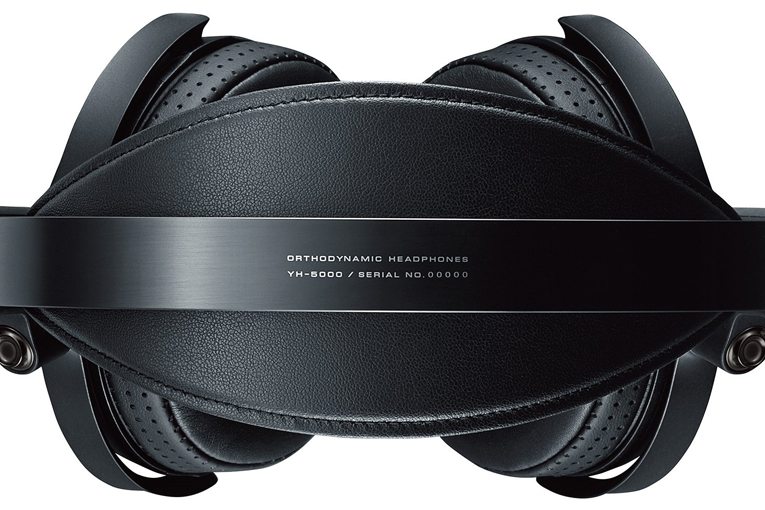
I started with “The Girl from Ipanema,” the Getz and Gilberto classic, in honor of the recently departed Astrud (Getz/Gilberto, 24-bit/192kHz FLAC, Verve Records / Qobuz). Stan Getz’s saxophone sounded remarkably breathy yet still full and intimate. Neto’s double bass practically extended into the subsonic region, but it retained its timbre. A halo of cymbals extended out over the shoulders in this stereo version. Then, of course, Astrud’s legendary vocals sounded like she was practically sitting next to me. I don’t usually like trite superlatives, but it’s fitting in this case. The 5000SEs recreated a sense of space in a truly impressive way.
While I laud the balance overall, if I were to nitpick, I’d say there was a slight push in the midrange, with vocals and most instruments having more prominence than the treble or bass. Even so, this was more character than an issue. For example, during “Slow Burn” by Kacey Musgraves (Golden Hour, 24/96 FLAC, MCA Nashville / Qobuz), Kacey’s voice was razor sharp in the center of the soundstage, but it seemed a little higher in the mix than I’ve heard on some other headphones. The openness of this track, once all the instruments came in, was fantastically huge.
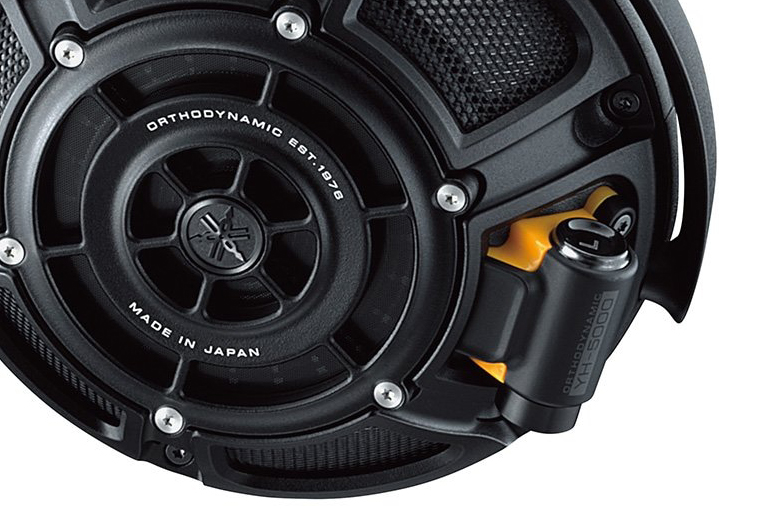
The immediacy of percussion was a big part of what let the 5000SEs sound so lifelike. Take the intense opening of Iggy Pop’s “Lust for Life” from the album of the same name (24/96 FLAC, Virgin Records / Qobuz). When I pushed the volume, the tambourine was just on the verge of too much, but the 5000SEs remained otherwise composed at levels well beyond safe for extended listening. Given this song’s subject matter, it blows my mind that it was used for an advertisement for a cruise ship. No one ever listens to the lyrics, I guess.
The delicate, detailed treble really helped unravel the many layers of the Cranberries’ “Linger” (Everybody Else Is Doing It, So Why Can’t We?, 16/44.1 FLAC, Island Records / Qobuz). Each note rang out and decayed without any harshness or brittleness. Each instrument and voice filled the soundstage while having its own precise place.
What I particularly loved about the 5000SEs’ bass was how deep it extended. There was timbre in the bass as well, never just “thump.” When necessary, the Yamahas delivered great low frequencies, like with “Derezzed (Remixed by The Glitch Mob)” from TRON: Legacy Reconfigured (16/44.1 FLAC, Walt Disney Records / Qobuz). The powerful, driving bass line and beat give this song its energy, but through the Yamahas it never overwhelmed the rest of the audioband.
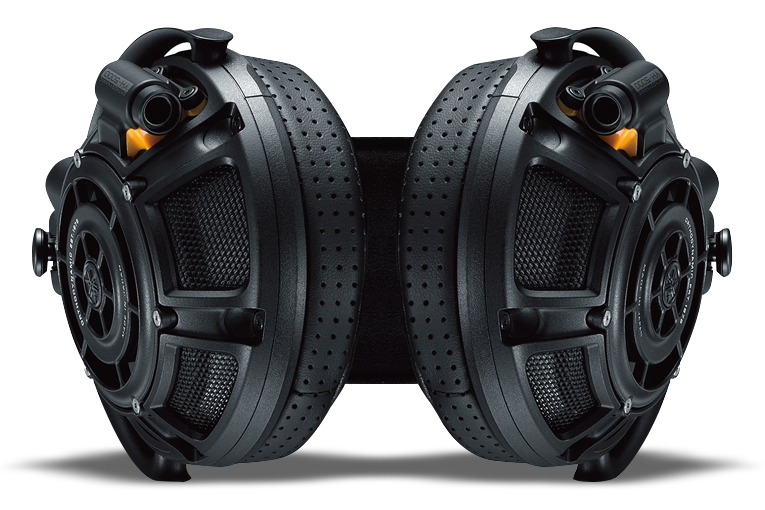
Not surprisingly, the YH-5000SEs sounded a lot better with a decent amp. They sounded fine with my usual iFi Audio Hip-Dac2 ($189) but came alive with the RME ADI-2 DAC ($1299) Yamaha loaned me. It’s one of the amps they used during the development of the headphones. Normally I wouldn’t use an unknown-to-me amp for testing, but I used it to power the two Audezes I used for comparison, so they were all on a level playing field. Which is to say, if you’re spending $5k on headphones, don’t skimp on an amp.
Comparison
I compared the YH-5000SEs to the Audeze LCD-5s I reviewed recently and the LCD-3s I’ve long used as a reference. The LCD-5s are $500 cheaper than the 5000SEs, but since this amounts to 10 percent, and anyone spending this much on headphones isn’t likely to sweat that difference, I’ll call that a wash.
Starting with the LCD-3s, my first thought was weight. Literal weight. The 3s are very heavy headphones. The super-stuffed earpads are more like huge pillows compared to the YH-5000SEs’ earpads, and yet I’d say the latter are more comfortable. The 3s also have a lumpier response. There was a bit more mid-bass, some of the treble was higher, and other parts lower. There was definitely a rock-friendly sound with the 3s, like with Dire Straits’ “Sultans of Swing” (Money for Nothing, 24/192 FLAC, Rhino Entertainment / Qobuz). Mark Knopfler’s Fender Strat sounded sufficiently growly when necessary, but the 5000SEs had deeper, more natural bass, and sounded significantly more open at the top end.
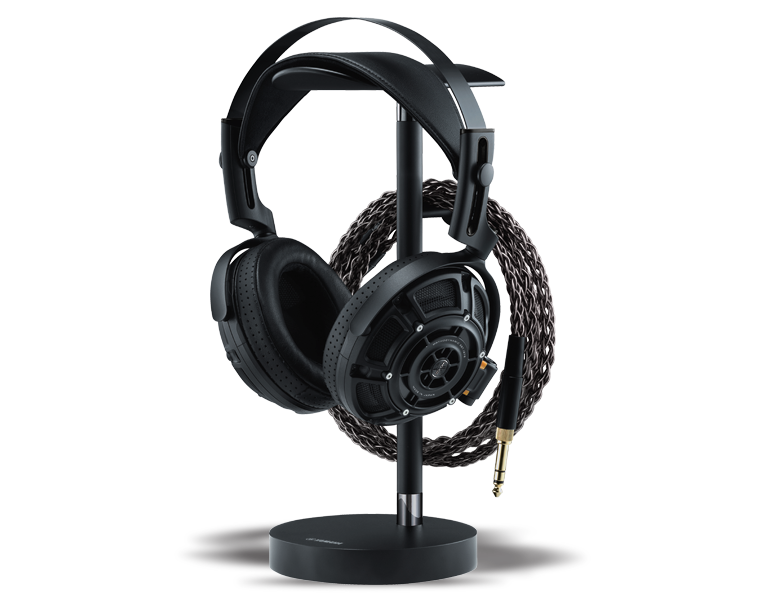
With “Bibi” by Jayme Stone & Mansa Sissoko (Africa to Appalachia, 16.44.1 FLAC, Stone Records / Qobuz), the 3s let the banjo and kora sound delicate and detailed, but the sense of space and realism through the Yamahas was noticeably better.
The 3s are still great headphones, but they’re straight-up outclassed by the Yamahas. The 5000SEs just sound more balanced and natural. I am upset by this because I can’t afford the Yamahas.
The LCD-5s fared far better. With “The Wire,” from Haim’s Days Are Gone (24/96 FLAC, Columbia Records / Qobuz), the LCD-5s were darker, not as open as the Yamahas. The Audezes had a little less top end and a little less bottom end, as if they lopped off a few notes at either end of the frequency spectrum. This is more about the incredible range of the Yamahas than it is about some shortcoming with the LCD-5s, which are fantastic headphones.
I ended up listening to a performance of Franz Lizst’s Hungarian Rhapsody No. 2 with Antal Doráti conducting the London Symphony Orchestra (Enesco: Roumanian Rhapsody No. 1 / Liszt: Hungarian Rhapsodies Nos. 1–6, 16/44.1 FLAC, Mercury Records / Qobuz) several times start to finish. An obvious choice, perhaps, but there’s a reason why this recording is so well known: it’s excellent. The Yamahas were able to create a bigger, more atmospheric sound. From the lowest brass and percussion to the delicate woodwinds, everything was reproduced just that much better on the Yamahas. They had a fuller and more open sound.
Conclusion
What amazing headphones. They’re beautifully built and engineered. They’re remarkably comfortable, especially considering the competition. They’re well balanced without sounding analytically boring. They’re open and airy while retaining precision in the soundstage. The bass extends remarkably deep while remaining in balance with the midrange and treble. The treble, while not quite as perfect as I’ve heard, is still excellent. They sound hugely open, with perfectly fast transients. I think they’re lovely to look at. I wish they didn’t cost $5000. So it goes. If you have the means to buy a pair, I highly recommend picking one up, as they say.
. . . Geoffrey Morrison
Associated Equipment
- PC: iBuyPower Windows 10.
- Amplifier: iFi Audio Hip-dac2.
- Amplifier: RME ADI-2.
Yamaha YH-5000SE Headphones
Price: $4999.95.
Warranty: One year.
Yamaha Corporation of America
6600 Orangethorpe Ave.
Buena Park, CA 90620
Phone: (714) 522-9011
Website: www.yamaha.com




